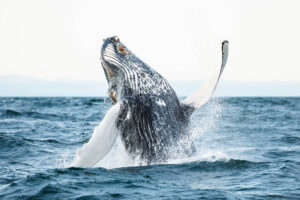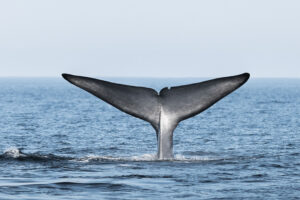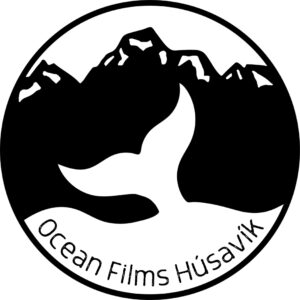Dear reader,
Whalecome at the introduction of the whales of Skjálfandi bay part 2. Last time we introduced the largest of all whales, the blue whale. Now it is time for the smallest of them all, the harbour porpoise!
Latin name: Phocoena phocoena
Common name: Harbour porpoise
Icelandic name: Hnísa
Average
life span: 15 –
20 years
Diet: Various small schooling fish
Size: 1,5 to 2m
Weight:
55-70
kg
Harbour porpoises are the smallest of all the whales. They are small tooth whales with a blunt snout and a streamlined forehead. The name porpoise comes from the medieval Latin word porcopiscus, porco means pig and poscus means fish = ´´pigfish´´.
The habitat of porpoises are coastal areas, here they feed on small fishes. Porpoises mostly live alone, but can also live in groups (shoals) of max. 5. When they dive for food a dive can last up to 5 minutes, on average 1 minute. They find their food by using high frequency (110 – 180kHz) clicks (echolocation). They can reach the speed of 25km/h. Porpoises have no clear migration behaviour, in some areas they do shift from inshore to offshore. Porpoise become sexually mature between 3 and 4 years old, gestation period is 10 months. When the calves are born they are between 65- 85 cm in length and weigh 6,5 – 10 kg.
Predators such as the orca (killer whale) and sharks eat porpoises. There are also cases of grey seal who take a bite out of porpoises. Bottlenose dolphins like to play with the porpoises by tossing them in the air. It can result in the death of porpoises.
Porpoises are very shy creatures and very sensitive to noise pollution.
Harbour porpoises can be found in Skjálfandi bay throughout the year, however, because of their size and shy nature the weather conditions needs to be perfect, little wind and a calm see, in order to see them and therefore luck is needed.


